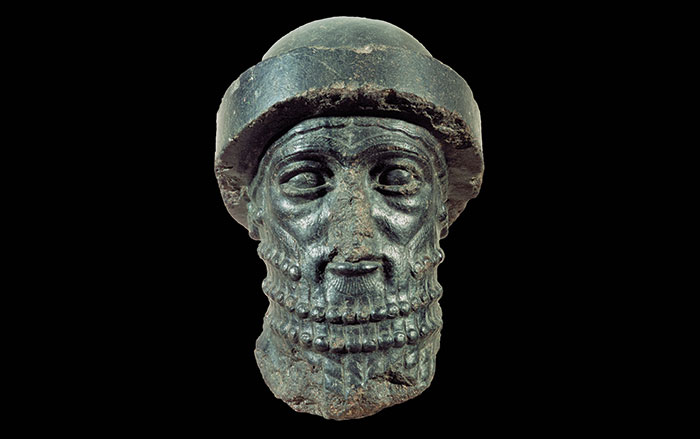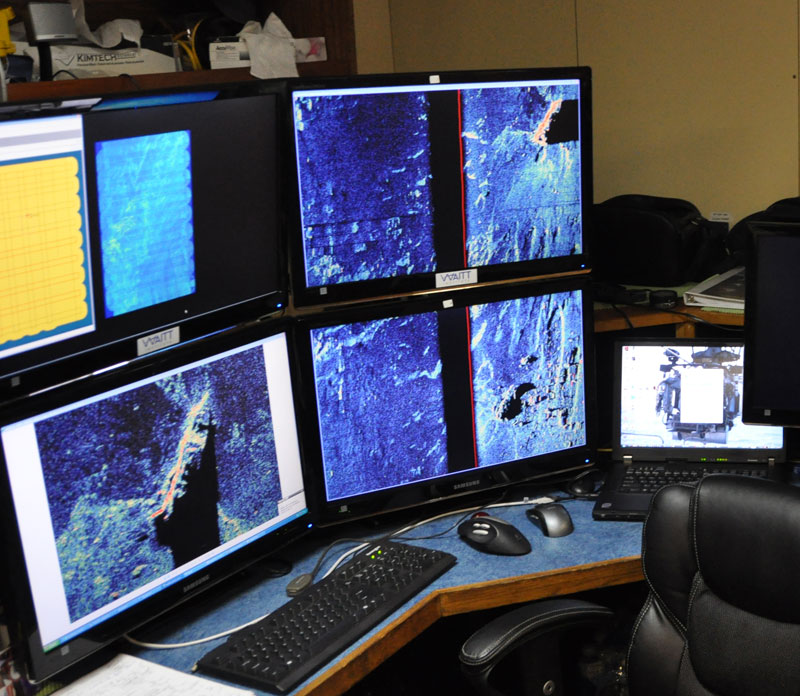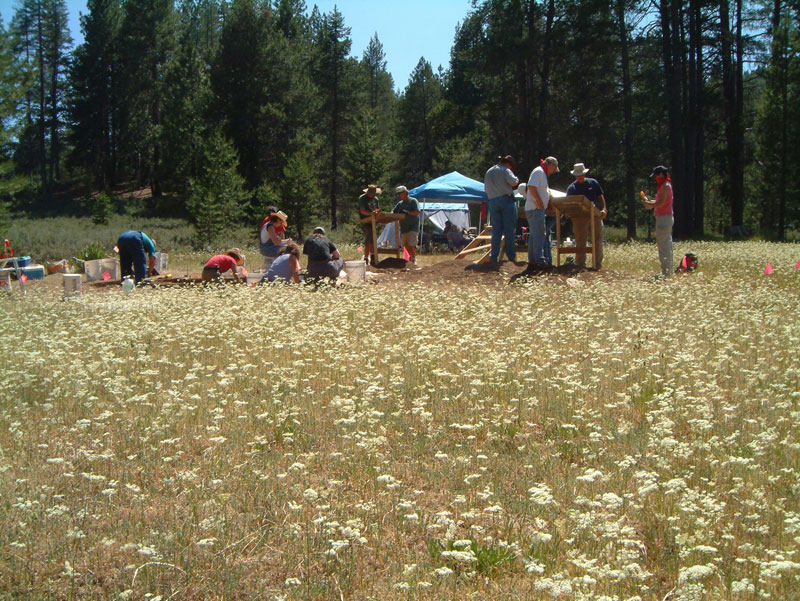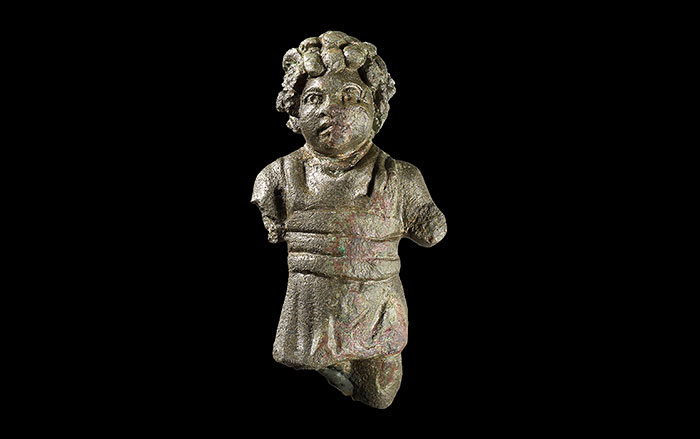
Italian archaeologists working at the sanctuary of Tas-Silg on Malta have discovered an agate fragment with a Middle Babylonian cuneiform inscription dating to the thirteenth or fourteenth century B.C. Found more than 1,500 miles from Mesopotamia, where cuneiform was used, it is the westernmost example of the script ever found. The fragment, which was originally part of a crescent-shaped votive object mounted on a pole or hung on a rope, mentions the religious center of Nippur, the moon god "Sin," and the names of at least five people. According to project director Alberto Cazzella, it's difficult to know how and when the artifact arrived in Malta. He believes it was probably plundered during a war, taken to Greece, and then perhaps traded between the Mycenaean Greeks and the Cypriot world, which at the time included Malta.










